There has been a lot of talk lately about microbes and the way that contact with soil revitalizes our own microbiome, resulting in better immunity and improved mental health. Since soil microbes enhance a plant’s uptake of nutrients, it follows that a soil that is brimming with life will produce plants (and food plants) that are full of vitality.
When we nurture our soil, we may also boost our gut biomes. Skin, our largest organ, has its own microbiome, too. So if you’re eating organic food, you should also be using organic skin food. Models and well-connected gardeners have figured this out, and Skin Food, a 100-year-old product made by Swiss company Weleda, is an open secret; Bella Hadid, for one, has revealed on Instagram that she goes through eight tubes per month.
We recently visited Weleda’s farm near Stuttgart, Germany, the largest biodynamic medicinal plant garden in Europe, and learned how a stubbornly unfashionable approach to growing is the soft power behind this global company. Let’s take a closer look:
Photography by Britt Willoughby.

Weleda was founded by a Dutch doctor (a woman, Dr Ita Wegman), a German chemist and pharmacist (Oskar Schmiedel), and the Austrian philosopher—among other things—Rudolf Steiner. A hundred years ago, Stuttgart, not far from where the Swiss-German company has its main production operation, was a hotbed of avant-garde thinking and a natural choice of location for a company founded on the principles of anthroposophic philosophy, or working with nature to improve our own health and wellbeing. They were on to something: Wegman and Schmiedel’s cancer treatment, based on mistletoe, is still in use today. Several Weleda products, including Skin Food, remain unchanged after 100 years and it is quite likely, if you ask a Weleda advisor about problem skin, that they will recommend something as old-fashioned as a foot bath.
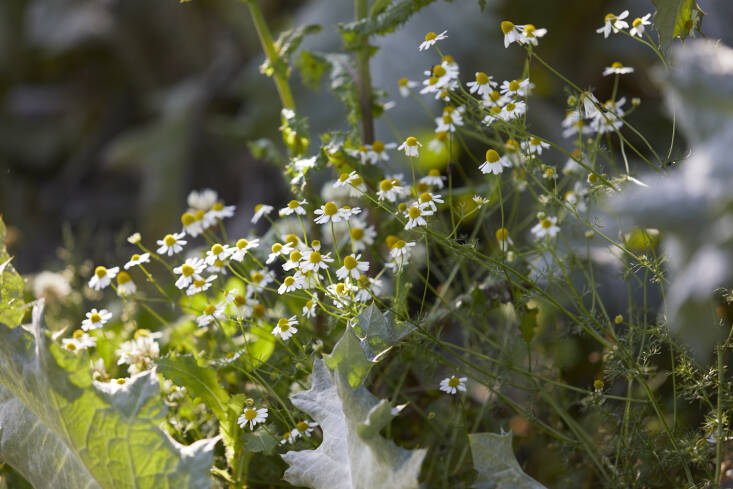
Steiner’s résumé is inordinately long, with subheads on esotericism and clairvoyance as well as social reform and architecture. For our purposes, he was the founder of biodynamic agriculture, a system of growing that works holistically with nature, relying on composts and manures instead of short-term synthetic fertilizers. Regenerative farmers today take what they like from biodynamics, mixing it with overlapping ideas such as permaculture. As a singular system, it is still fairly niche.
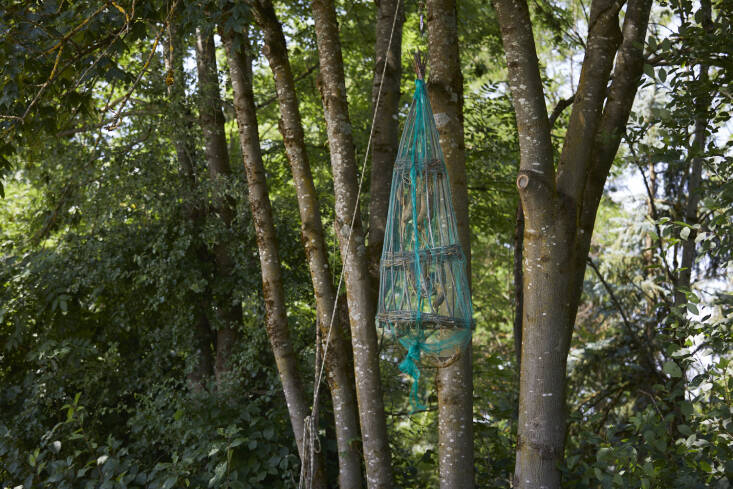


There is nothing “luxe” about the packaging of Weleda products, and the core offering is available in health food shops, displayed amid vitamin supplements. Skin Food is easy to find in your bag; it’s a shade of bright green that weathers the cycles of fashion. It has a look and sticks to it. The main point is that it’s microbiome-friendly, helping to restore the skin’s protective barrier. Soil is known in biodynamic circles as the “skin” of the earth.

Compost is a very big deal in the Weleda garden, and is made using the windrow system, which, at its most pared down, involves garden “waste” (not a biodynamic term) piled on concrete and turned mechanically once every two weeks. Biodynamics uses six compost preparations to stimulate and balance compost. The hero ingredients of each are: dandelion, stinging nettle, yarrow, chamomile, oak bark, and valerian.

And then there are the cow horn preps. “Horn manure 500” enriches microbial, fungal, bacterial, and worm activity in the soil; it is literally cow manure stuffed into a horn and overwintered underground. The results are then diluted, a handful at a time, and stirred—for an hour—before being applied to a prepared bed just before sowing or planting. You can’t let it stand around without reducing its life force. “Horn silica 501” is more complicated, being stuffed with ground, silica-rich quartz. It enhances the parts of a plant that are above ground; it makes for a glowing garden.

Weleda is a medicinal as well as cosmetics company, with 800 plant species growing across only 57 acres in the German garden. A quarter of these are actively cultivated, biodynamically, but they are not all intended for medicines and natural cosmetics: they are there for biodiversity. Besides unharvested, flowering meadows, there are four ponds, three miles of hedges, wetlands, agroforestry, one hundred nesting boxes, 70 wild bee species and areas of sand for solitary bee habitat.

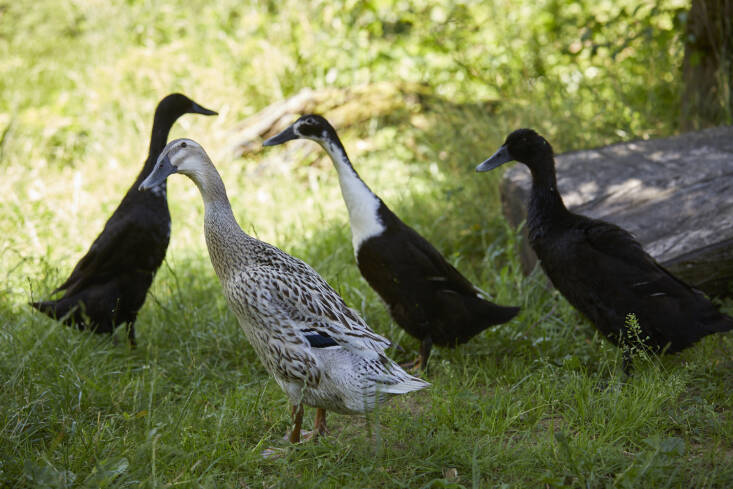
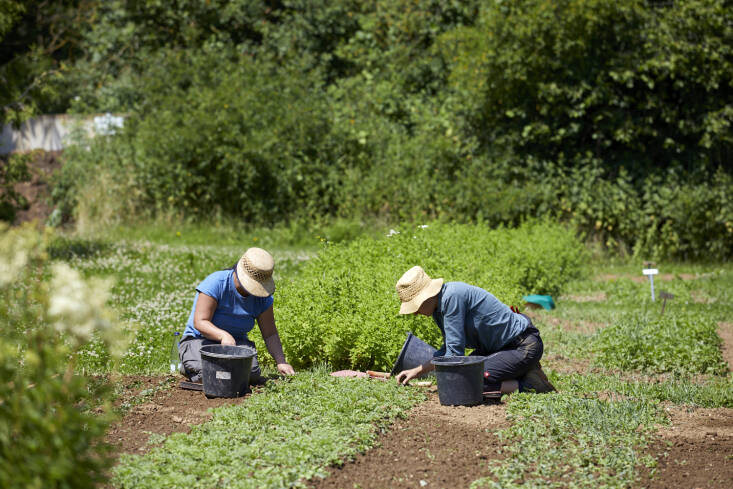
It is interesting to see a sometimes arcane system being used on an industrial scale; the idea of biodynamics being hippyish is absolutely refuted by a visit to the farm. Neither is farming in this way an annual disruption, as it is with conventional farming: Seeds are saved in a closed loop system and are essential for retaining autonomy while safeguarding the quality of future crops. Harvested plants are quickly made into tinctures; the extraction process takes place about 100 yards from the fields. The pharmaceutical side is just as important as the growing. As Jayn Sterland, the managing director of Weleda’s UK operation (with its own farm in Derbyshire), says: “At least 50 percent of the magic is from the process; not just the plants.”

At the brand new logistics center, dried plants from Weleda’s outposts around the world are stored in conditions that are neither heated or cooled. Instead, walls are made of rammed earth in a state-of-the-art, fully automated setting. The effect is more Blade Runner than medieval.

“When plants are at their most beautiful,” says Astrid, “We harvest them.”
See also:
- Jane Scotter, on Biodynamic Growing:”I Wouldn’t Farm Any Other Way“
- Ask the Expert: Regenerative Organic Gardener Emily Murphy on How to Rewild Your Landscape
- The Garden Decoder: What Is “Permaculture”?


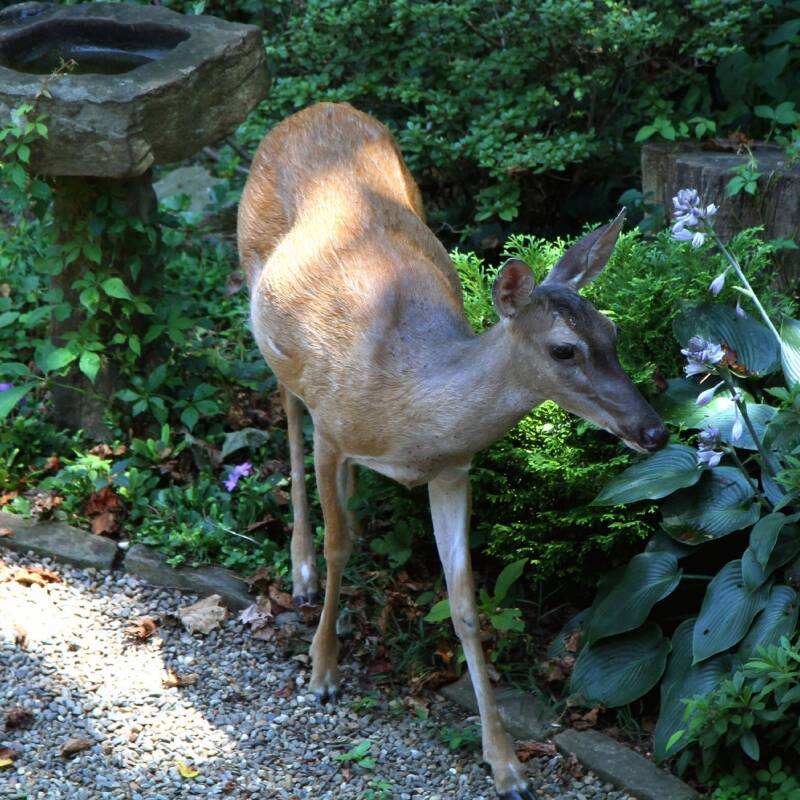
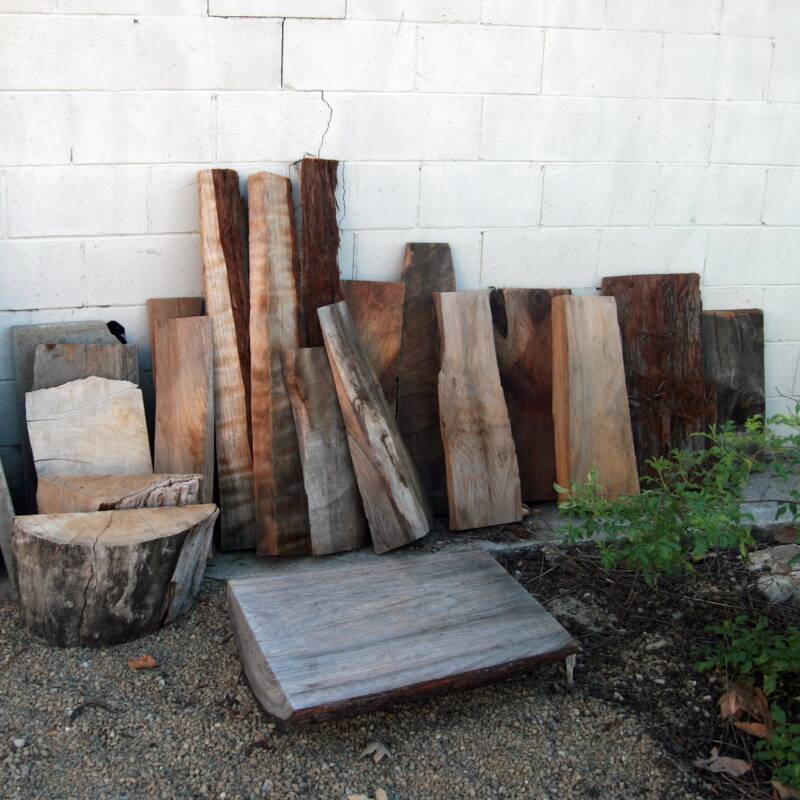
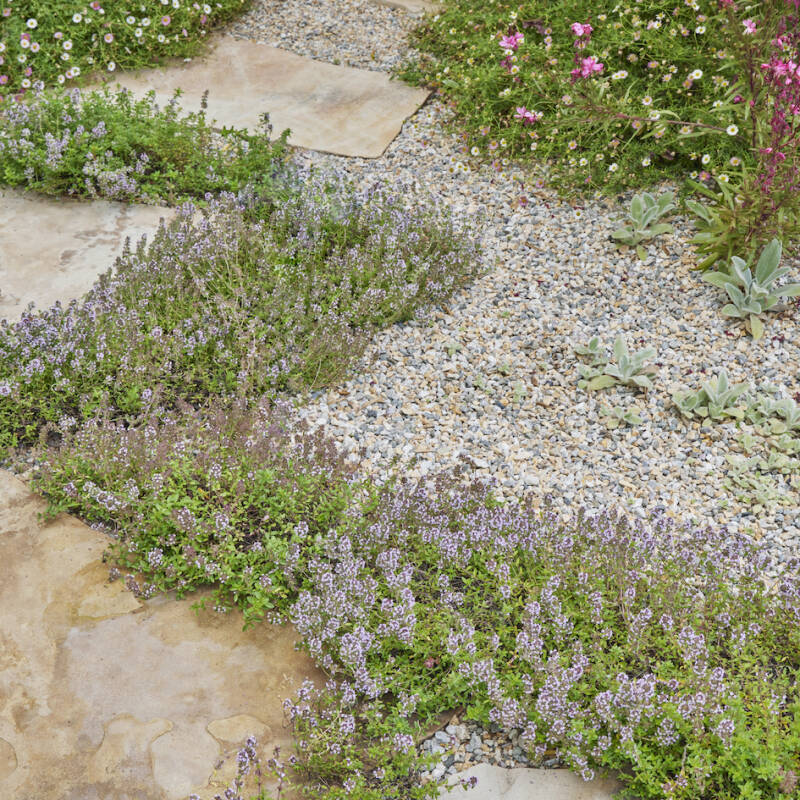



Have a Question or Comment About This Post?
Join the conversation